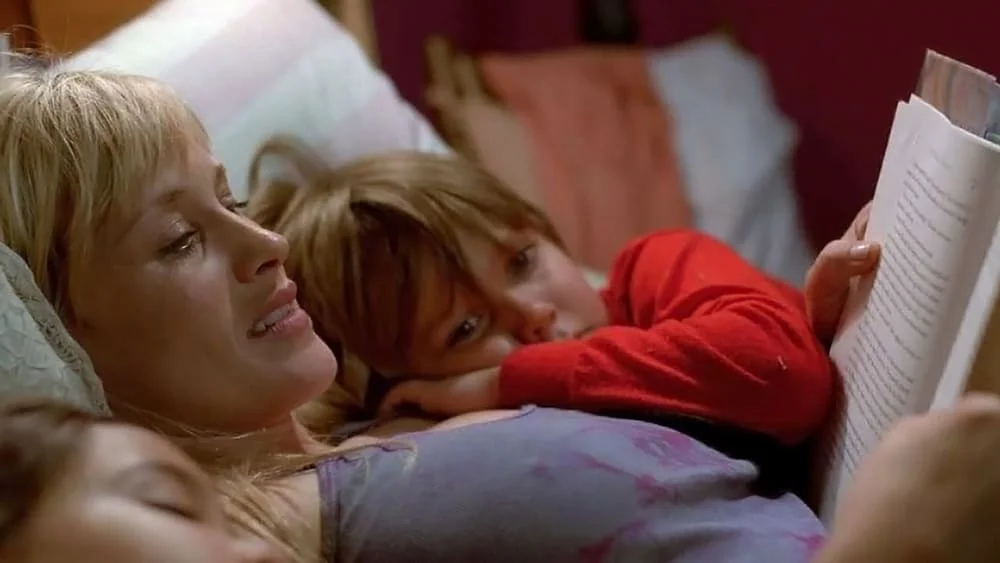“What’s the point?” an 18-year-old Mason asks his father toward the end of Richard Linklater’s epic “Boyhood.” It comes very late in the film for a thesis statement, but it’s the critical question of the entire project. For such an ambitious production — that anyone would even consider intentionally shooting a film over 12 years, let alone pull it off with such aplomb, remains staggering a decade later — the film is still startlingly lowkey. There are a handful of forceful, dramatic moments, but the film is not built around them. They’re just another milestone to hit, to paraphrase Patricia Arquette’s character in her final scene. Because of that, the film can seem pointless at first glance. Linklater isn’t making some grand statement about growing up in a post-9/11 America, nor is he trying to capture the whole of human experience. The beauty of everyday life is meaningful to him, and it’s why the film still has such an emotional power even after multiple rewatches.
By the time of “Boyhood”’s release, the low-stakes, structureless form was something Linklater had mastered. “Slacker,” “Dazed and Confused,” and the “Before” trilogy are among the greatest examples of this filmmaking style, and while Linklater has occasionally dabbled in both more experimental and more commercial techniques, most of his classics are built this way. It’s still refreshing after all these years because, despite the doors his style opened up during the independent boom in the 1990s, major commercial films are still largely plot-heavy, narrative-driven works. That’s not to say one is necessarily better than the other, just that Linklater can do what he’s always done best and not have it feel like he’s retreading himself or like the artists he influenced make him look stale.
For films that are so verbal and script-first, he’s a remarkably talented visual director. Though his stories and characters are primarily naturalistic, he doesn’t go for the typical handheld, documentary-esque shooting style that many films like this often do. It creates an interesting tension where you have the radical formlessness of the films’ content presented with a more classical visual language. The camera moves, but it isn’t flashy. The compositions are simple and focus your attention on the actors. In “Boyhood,” the viewer can pick up on smaller details about character appearances to chart the passage of time because we aren’t being distracted by excessive formal audaciousness.
Linklater has made better films and more fun films, but “Boyhood” is his magnum opus because it perfectly synthesizes all of his best thematic and formal ideas. The loose structure and laid-back visual style complement the middlebrow philosophizing that isn’t all that concerned with finding the answers to everything. These characters are honest, they are allowed to be unlikeable and irrational, and he never feels the need to apologize for them. The characters grow (or don’t grow organically). They feel like real people. The fact that he’s able to visualize that growth by showing the real passage of time makes “Boyhood” special. That’s what Linklater has always been best at. His characters don’t need a ton of depth because we bring that depth to them ourselves. We know people like these characters, and it’s easy for us to fill in the gaps with what we know about them.

